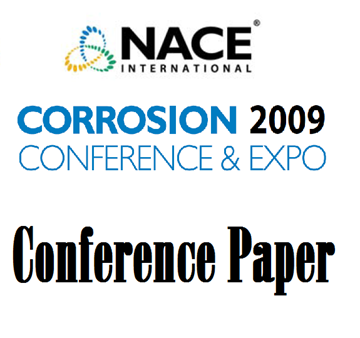Search
Microstructural And Corrosion Studies Of Super-Duplex Stainless Steels Produced Via Additive Manufacturing
Also Purchased
09194 Evaluation of Crevice Corrosion Resistance of Duplex and Super Duplex Stainless Steels for Seawater Pumps
Product Number:
51300-09194-SG
ISBN:
09194 2009 CP
Publication Date:
2009
$20.00
Effect of Microstructure on the Corrosion Resistance of Super Duplex Stainless Steels: Materials Performance Maps
Product Number:
51317--8923-SG
ISBN:
8923 2017 CP
Publication Date:
2017
$20.00
Influence of K-Rate and Hydrogen Charging on Fracture Toughness of a Super Duplex Stainless Steel
Product Number:
51318-10891-SG
Publication Date:
2018
$20.00




